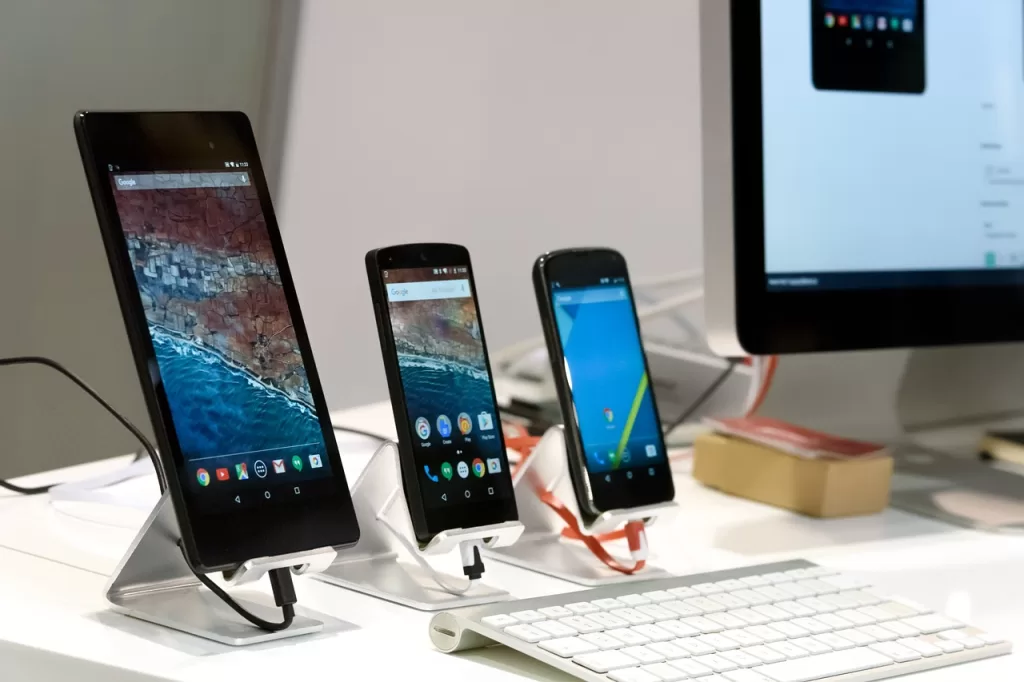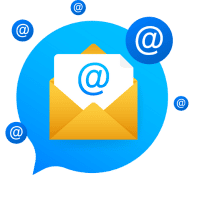Research shows that over 6.7 billion mobile subscriptions exist globally in 2023. So, tapping into this market is essential for any software developer or engineer who wants to achieve great things in the modern era. This guide on how to get started with mobile app development will help you take the first steps in style.
Follow the simple steps below and you will be destined to create winning apps in no time.

Step One: Perfect the Idea
Every great app begins with an idea. You may find that the client has a clear brief of what they want from the app. Alternatively, they may desire your creative input during the process. This could mean coming up with an entirely new concept or improving on what is already on the market.
Either way, careful planning is the first step towards building a great app, and should;
- Have a clearly defined purpose,
- Know its audience,
- Appreciate the features that users want,
- Consider its monetization options.
Step Two: Plan the Design
Now that you have an idea, it’s time to turn this into a vision. Plotting exactly how you want the app to look, feel, and navigate will streamline the building process. Conversely, jumping straight into the creation process without planning will almost certainly leave you needing to make multiple changes during the process.
You can plan your App on paper or computerized tools. Either way, a mockup should cover;
- The main screens,
- Navigation between screens,
- Onboarding sequences.
Step Three: Learn App Development Skills
Knowing what you want to create from an app is one thing, but turning the vision into a reality is another altogether. As someone with a background in coding, you should find it relatively easy to make this transition. However, there are several courses that will make the process even easier, such as;
- Become a mobile app developer (Udemy),
- Mobile development courses and tutorials (Code Academy),
- App developer training (Apple)
When learning how to get started with mobile App development, you also need to download the right development platform. Xamarin, Ionic, and NativeScript are three of the best but if you are already familiar with another, use that.
Step Four: Build the App
The next stage is to actively build the app. To do this, you will need to create the graphics for how the site will look and also create the coding so that the app performs and functions. While there are many languages to consider, Java (Android) and Swift (Apple) are two of the most popular choices.
Learning to code is ultimately what will get you more jobs as a developer. Better still, once you have built a portfolio, it may be possible to have some templates in place for different App types. After building the app, it’s vital that you test it for bugs and rectify any problems.
Step Five: Publish
The final step is to actively publish your App. Both the Apple App Store and Android App Store are used by millions of users daily. For the best results, you will want to publish to both.
Assuming you’ve made an Apple App, you’ll need to;
- Check the guidelines to confirm your App is suitable,
- Complete the App metadata,
- Upload the App and then submit it with App Store Connect,
- Wait for approval.
Once you have completed these steps, converting the app to an Android app should be straightforward. The bulk of the design and code will already be there. Then you can submit it via a similar method using the Android Studio.
Conclusion
Knowing how to get started with mobile app development is immensely important in today’s software landscape. Finally, though, you must know that the process does not end here. Making continued improvements based on client feedback will allow the app to keep thriving for years to come.
Better still, as you begin subsequent app developments, you should find that the process becomes quicker each time.




